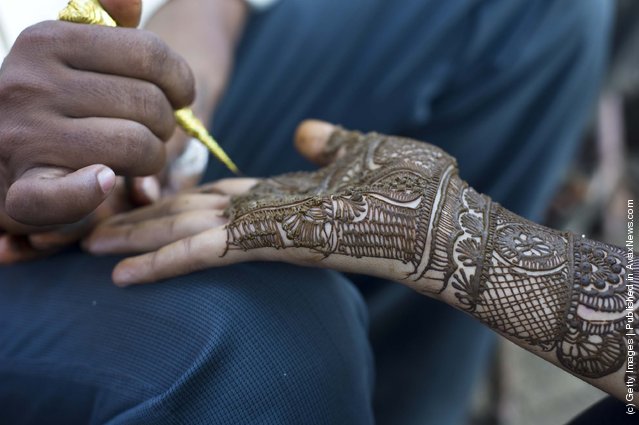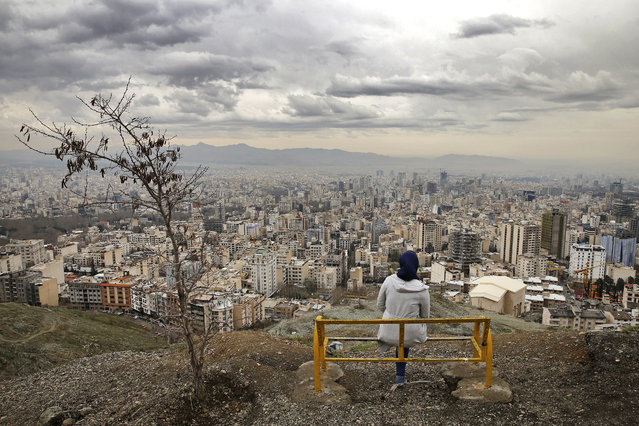
A Filipino climate activist wearing a face shield with the words “Climate Justice Now” poses showing her hand as part of global climate change protests, in Quezon City, Metro Manila, Philippines on September 25, 2020. (Photo by Eloisa Lopez/Reuters)
27 Sep 2020 00:07:00,post received
0 comments







